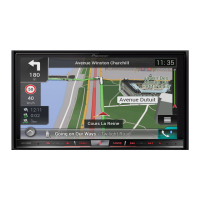
Do you have a question about the Pioneer AVIC-F88DAB and is the answer not in the manual?
| Auto | Yes |
|---|---|
| Marine (chartplotters, sounders) | No |
| Speaker power | 200 W |
| Built-in camera | - |
| Hands-free calling | Keep your hands on wheel with Bluetooth™ Hands-free calling. After pairing your compatible Bluetooth mobile phone to your TomTom GPS, you’ll be able to see incoming call information, make and answer calls, and talk hands-free through your device. You’ll e |
| Audio formats supported | AAC, FLAC, MP3, WAV, WMA |
| Image formats supported | JPEG |
| Video formats supported | DIVX, FLV, H.264, MKV, MPEG1, MPEG2, MPEG4, WMV |
| Equalizer bands quantity | 13 |
| Storage media type | Flash, Memory card |
| Compatible memory cards | SD |
| Languages support | Multi |
| Number of points of interest | 10000000 |
| Display diagonal | 7 \ |
| Display resolution | - pixels |
| Supported radio bands | AM, DAB+, FM |
| Preset stations quantity | 24 |
| DIN size | 2 DIN |
| Product color | Black |
| Map storage | Memory card |
| Lifetime map updates | Roads change, but with Lifetime Map Updates your map will always be up to date. Start fresh every few months by downloading a new edition of the industry's most accurate map. New editions are issued four times per year. |
| Width | - mm |
|---|---|
| Weight | - g |
Initial setup process for the system upon first use, including language selection.
Explains how to interpret various elements and icons displayed on the map screen.
How the system provides guidance through voice, text, and signs.
Summarizes the procedure for planning a route using various search methods.
Detailed steps for searching for a destination using a street address.
How to search for various points of interest like petrol stations and restaurants.
Using previously saved locations (home, work, favourites) for quick routing.
Detailed steps for creating and planning routes using the Route Planner feature.
Saving favourite locations for easy access and quick routing.
Saving frequently used routes for quick retrieval.
Overview of how to configure various navigation system behaviours and preferences.
Setting vehicle type, road types, and route planning methods.
Choosing different methods for route calculation like Fast, Easy, Short, Economical.
Configuring audible and visual warnings for exceeding speed limits.
Instructions for updating navigation maps and content.
Important information and prerequisites for using the AVICSYNC function.
Steps to pair and register Bluetooth devices with the system.
Instructions for updating the product's firmware.
Various methods for initiating a phone call.
Outlines the general steps for connecting iPod, iPhone, or smartphones.
Steps to connect an iPod to the system.
How to control smartphone applications using the car system's screen.
How to control iPhone applications via the car system's screen.
How to control Android smartphone applications via the car system's screen.
Initial steps for connecting and using Android Auto.
Configuring settings for the rear view camera function.
Configuring settings for the disc-based video player.
Selecting the appropriate video signal for the rear view camera.
Setting or changing the product's password for security.
Restoring all system settings to their factory defaults via the menu.
Detailed steps for restoring factory default settings.
Common problems, likely causes, and solutions for operating the product.
Lists common operational issues like a black screen or unresponsive touch panel.
Explains how to interpret and resolve product error messages.
How the Global Positioning System works for vehicle positioning.
The synergy between GPS and built-in sensors for accurate positioning.
How the built-in sensors calculate position.
How the system corrects position by matching roads.
How the navigation system sets routes based on map data and rules.
Information and trademark for Apple CarPlay.
Requirements for accessing app-based connected content services.
Precautions for handling the LCD screen to prevent damage and ensure proper operation.
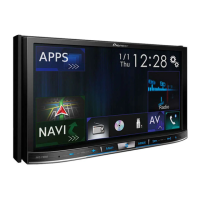

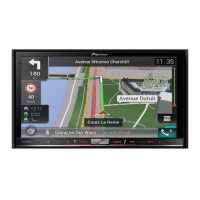
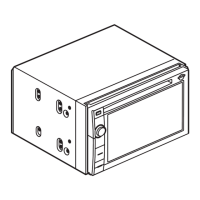
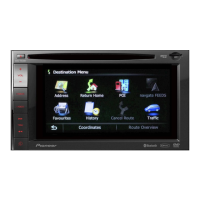


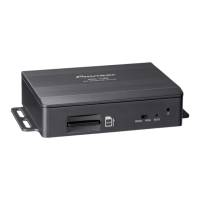
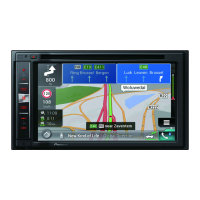
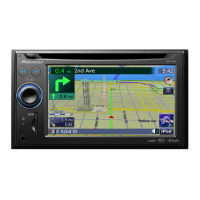
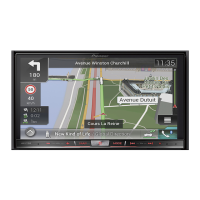
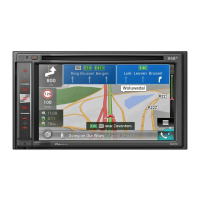
